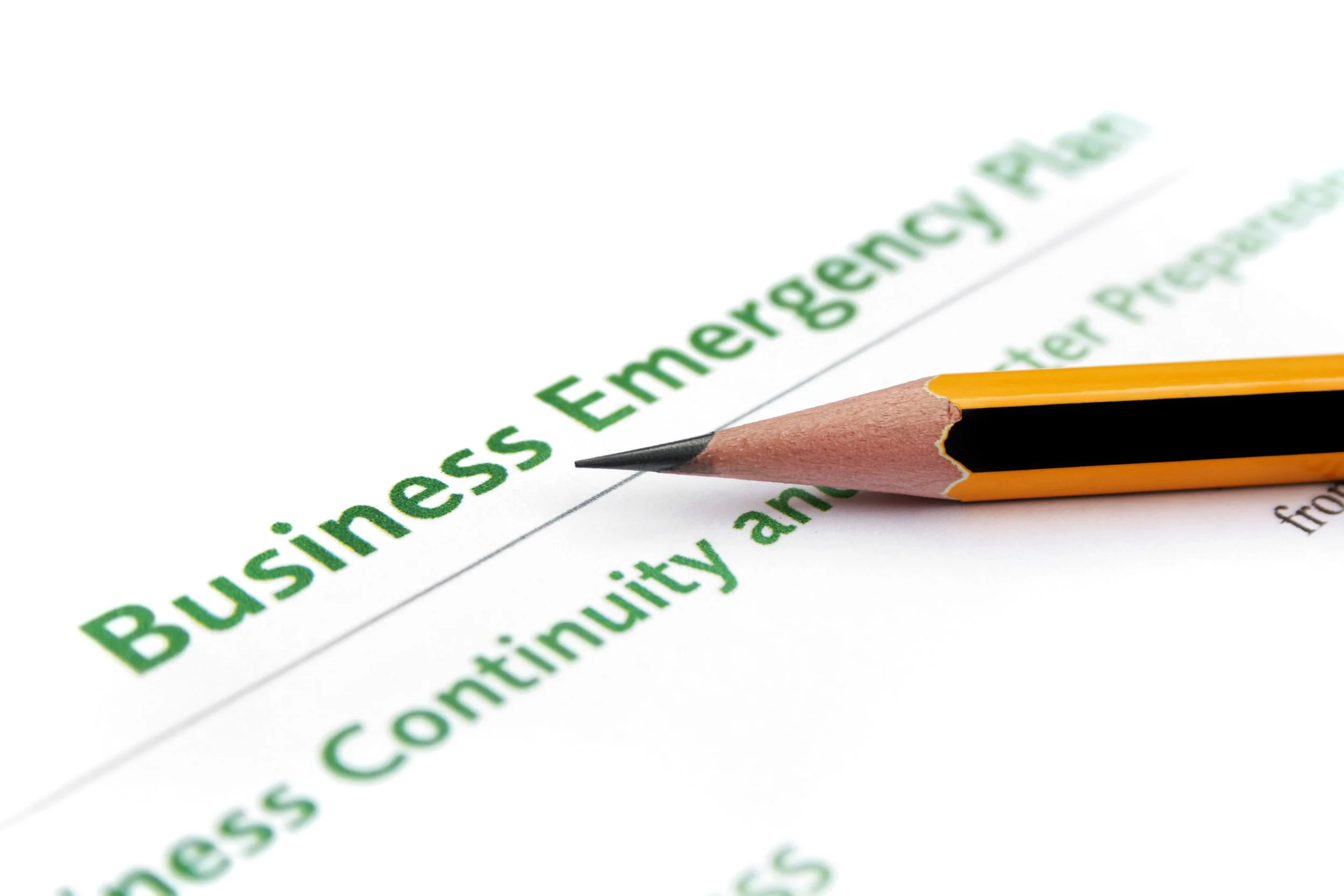Creating a Comprehensive Emergency Response Plan for your Business
Let's face it, emergencies happen, and they can strike at any moment. If you’re a business owner, it’s your responsibility to be prepared for any situation that may arise. That's where a comprehensive emergency response plan comes in.
So, how do we create this plan? Let's break it down step by step:
Step 1: Assess Your Risks
Before creating an emergency response plan, it's important to understand the potential risks your business may face. This includes natural disasters, medical emergencies, fires, and even security threats. Once you've identified your risks, you can begin to develop procedures to address them.
Step 2: Develop Evacuation Procedures
Evacuation procedures are critical in any emergency situation. Make sure you have a clear plan in place for safely and efficiently evacuating your employees and customers. Assign evacuation tasks to designated individuals and hold regular drills to ensure everyone is on the same page.
Step 3: Establish Communication Strategies
In an emergency, communication is key. Establish a chain of command and determine how information will be communicated to employees, customers, and emergency personnel. Identify alternative modes of communication in case the primary method fails.
Step 4: Train Your Employees
Your employees are your first line of defense in an emergency situation. Make sure they are trained in emergency procedures and know how to properly respond. Regular training sessions can help refresh their knowledge and ensure everyone is prepared.
Step 5: Revisit and Revise
An emergency response plan is a living document that should be revisited and revised regularly. As your business changes and grows, so should your plan. Also, hold regular drills to identify any weaknesses in the plan and make necessary adjustments.
Now, I know this all may seem like a lot of work. But trust me, the time and effort spent developing an emergency response plan can make all the difference in the event of an emergency.
And if you're wondering how CPR fits into all of this, let me tell you. Knowing how to perform CPR can be a lifesaving skill in an emergency. Consider offering CPR training for your employees to further enhance your emergency response plan.
Before I go, I want to remind you that Do CPR is here to help. We offer a variety of emergency training courses, including CPR, first aid, and emergency response planning. Visit our website at www.docpr.com for more information.
Stay safe,
Jeff Wells
tl;dr: As a business owner, it's crucial to be prepared for emergencies with a comprehensive response plan. Here are the steps: assess risks, develop evacuation procedures, establish communication strategies, train employees, and revisit and revise regularly.

